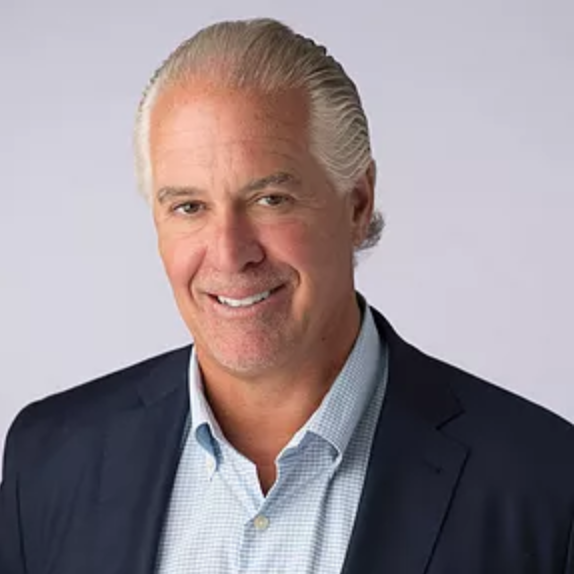
The key to senior living industry recovery is a return to pre-pandemic occupancy levels, coupled with continued government support for operators, according to Taylor Pickett, CEO of Omega Healthcare Investors.
During the real estate investment trust’s first-quarter 2021 earnings call Tuesday, Pickett said the senior living industry is facing uncertain timing in pandemic recovery. The allocation and distribution of additional government funding and clinical protocols will be critical in protecting and saving lives.
Pickett said that although operators in Omega’s portfolio have seen occupancy stabilize, it’s not clear that the pace of occupancy recovery will be sufficient to avoid industry-level cash flow issues. He said he expects certain providers to have shortfalls, saying that additional state support for operators will be necessary to avoid facility distress and closure.
“Throughout this crisis, the efforts of both federal and state governments have highlighted their understanding of the vital role skilled nursing and assisted living facilities play within the healthcare continuum,” Pickett said. “We are hopeful that this support will continue to be provided as the industry remains focused on protecting its frail and vulnerable residents.”
With $24.5 billion remaining in the Provider Relief Fund, Megan Krull, senior vice president of operations, said it is likely that assisted living communities and skilled nursing facilities will see additional funds. But she said operators are now turning to states for new or increased stimulus funding, given the substantial dollars allocated to states in the American Rescue Plan.
“We hope those states that previously have not made allocations to the sector will reconsider based on the new availability of funds,” Krull said.
As of April 30, Pickett said, all portfolio facilities had substantially completed three COVID-19 vaccination clinics. Omega operators collectively reported an 81% vaccination rate for residents and a 49% rate for staff members.
“The ongoing diligence of our operators, augmented by the continued rollout of the vaccine, has led to a decline in COVID cases reported at our facilities of over 90% from the height of the pandemic,” Pickett said. “As a result, we started to see a modest improvement in occupancy in February and March.”
Krull added that updated guidance from the Centers for Disease Control and Prevention on visitation and testing in long-term care facilities will go a long way in addressing the associated cost burdens for providers.
“While the height of the infection battle may be somewhat behind us, and despite these welcome revised CDC recommendations, the industry itself faces what will likely be a long, drawn out recovery,” she said. “Census will take time to rebuild, and reduction in expenses will be gradual over time, all while the ability to skill in place will be reduced with far less COVID cases.”
Labor shortages, she added, continue to be a big concern for its operator base. Pre-pandemic shortages due to low unemployment rates were exacerbated during the pandemic. Workers have been leaving the long-term care industry as the environment became “tougher” with the onset of COVID and due to the increase in unemployment benefits, Krull said.
“This expected, slow long-term recovery means that continued financial support of both federal and state governments is critical, and we hope they will be mindful of that as they determine how to spend remaining or newly allocated stimulus funds,” she said.
Occupancy was 84% in January 2020, flattening to 75% in fall before falling to 73.3% in December, according to Chief Operating Officer Dan Booth. Occupancy fell again to 72.6% in February, rebounding to 73.1% in March.
Average occupancy is at 73.4% and continues to improve, Booth said. Occupancy remains well below pre-COVID levels, however, and many operators continue to rely on government financial support.
Booth said Omega operators experienced a dramatic spike in operating expenses during the pandemic, mostly due to labor and personal protection equipment costs. Those costs were offset by the positive effect of federal stimulus funds; during the fourth quarter of 2020, operators received $115 million in stimulus funds compared with $102 million in the third quarter.
Maplewood Senior Living
Maplewood Senior Living’s flagship property, Inspir Carnegie Hill in Manhattan, opened its doors in March. With a final project cost of $310 million, the community saw 35 move-ins through April, the first full month of operations.
Steven Insoft, Omega’s chief corporate development officer, said the REIT saw continued challenges to senior living occupancy in the fourth quarter, with variations tied to when and where COVID outbreaks were occurring.
Evidence of stabilization and strengthening of census exists in certain markets, he said. Maplewood communities in New York and Boston, for example, saw occupancy erosion early in the pandemic, with second-quarter census hitting a low of 80.4% in June. Occupancy returned to 85.6% in November, however, and census has plateaued at that level as COVID-driven census challenges offset occupancy increases in this portfolio, he said.
With COVID outbreaks affecting different markets at various times, the decrease in performance was expected, Insoft said. Increasing vaccination rates, he added, are a critical step to restoring occupancy and performance.
Development
In terms of development, Insoft said that the pandemic warranted “a far more selective approach.” Omega continues to work with its existing operators on strategic investments.
In the first quarter, the REIT invested $16.8 million in new construction and strategic re-investment: $9.4 million related to active construction projects and the remaining $7.4 million related to its ongoing portfolio capital expenditures reinvestment program.
Omega also completed $595 million of new acquisitions, sold 24 facilities and invested $17 million in capital renovation and construction-in-progress projects in the quarter.
In January, Omega acquired 24 senior living communities from Healthpeak Properties; they have a total of 2,552 units and are located across 11 states. The transaction included assuming an in-place master lease with Brookdale Senior Living.




